 1892 - 1942
1892 - 1942
Description Grant Wood
Grant Wood, born on February 13, 1891, in Anamosa, Iowa, emerged as a pioneering force in American Regionalism, celebrating the heartland's rural life during a time of great social and economic change. Wood's artistic journey, deeply rooted in his Midwestern upbringing, forged a distinctive path in American art.
After early studies in Minneapolis and a stint in Europe, Wood returned to Iowa, where the lush landscapes and the resilience of rural communities inspired his work. His breakthrough came with "Daughters of Revolution," a satirical take on the privileged elite, signaling Wood's inclination toward social commentary.
Wood's most iconic painting, "American Gothic," solidified his reputation. The stern-faced farmer and his daughter, standing stoically in front of a Carpenter Gothic house, became an enduring symbol of Midwestern stoicism. The painting, at once a tribute and a critique of rural life, garnered both acclaim and controversy.
Wood's Regionalist vision extended beyond painting to include murals, illustrating his commitment to making art accessible to a broader audience. His murals, such as those at Iowa State University, depicted the agricultural cycle, emphasizing the dignity of labor and the importance of community.
Wood's art was not confined to the canvas; he was a skilled craftsman and designer. His interest in American folk art and craftsmanship manifested in his creation of decorative arts, including furniture and stained glass. Wood's holistic approach to art reflected a deep connection to his cultural roots.
Tragically, Wood's life was cut short at the age of 50 in 1942. Despite his relatively brief career, his impact on American art endured. His legacy, characterized by a deep affinity for the Midwest's cultural identity and a commitment to depicting its stories, paved the way for subsequent generations of Regionalist artists.
Grant Wood's art, both reverent and critical of the heartland, remains a testament to the power of visual storytelling. His ability to capture the complexities of rural life, imbued with a touch of satire and a deep appreciation for tradition, ensures his lasting influence on the narrative of American art.
Gallery
Paintings Grant Wood
Quotes
All the really good ideas I ever had came to me while I was milking a cow.
I had to go home and see what the farmer thought about it.
I pictured the American Gothic couple as farmers who had just come to town to get supplies and stopped in front of a Gothic house I had noticed. It was so much fun painting them that I laughed and painted them not with respect but as a kind of satire.
The artist must create a spark before he can make a fire, and before art is born, the artist must be ready to be consumed by the fire of his own creation.
I am old-fashioned in my thinking that I will not paint anything I have not seen, and, with few exceptions, anything I do not love.
F.A.Q Section
"Daughters of Revolution" (1932): A satirical portrayal of the Daughters of the American Revolution.
"Daughters of Revolution" (1932): A satirical portrayal of the Daughters of the American Revolution.
"Daughters of Revolution" (1932): A satirical portrayal of the Daughters of the American Revolution.


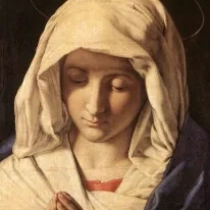


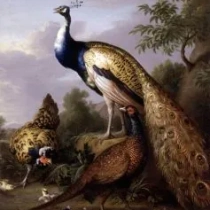
















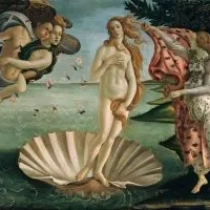

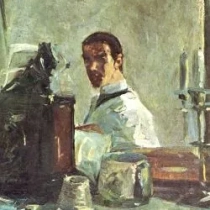












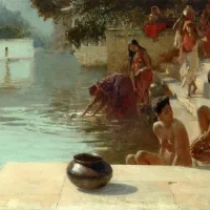








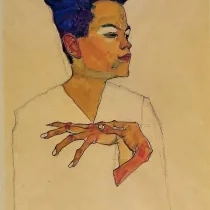

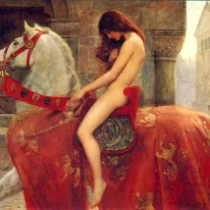




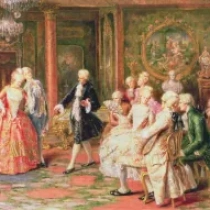


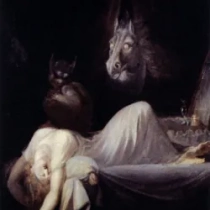


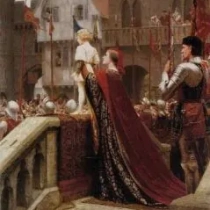








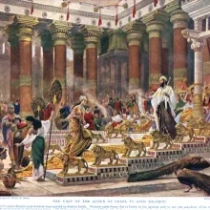






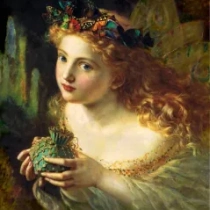






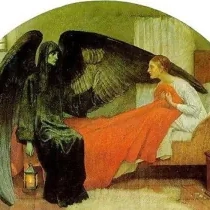


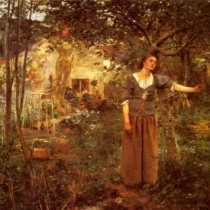

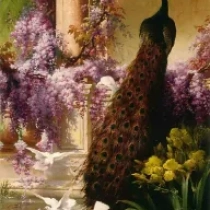

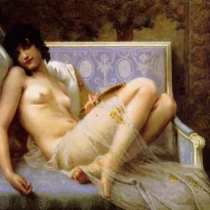



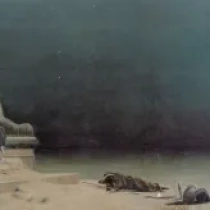


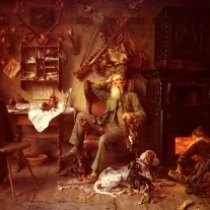

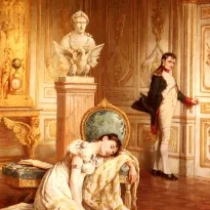
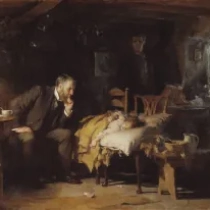
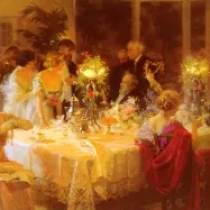

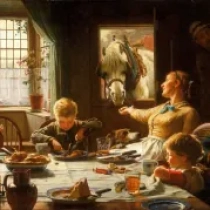


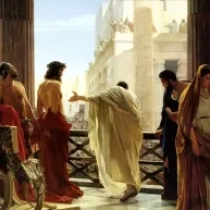



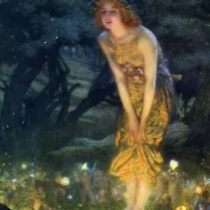





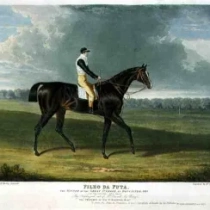





















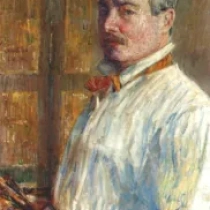

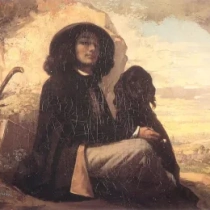

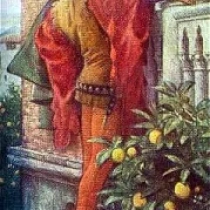

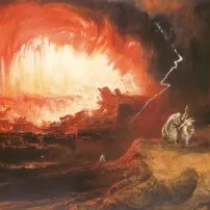


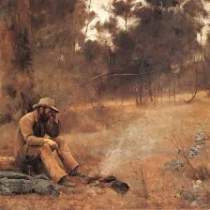
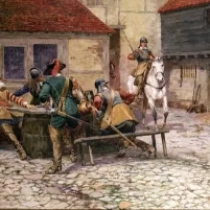

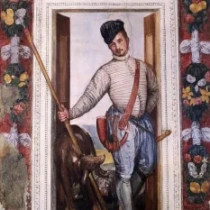







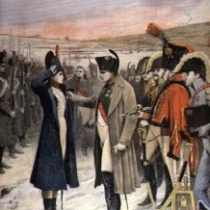

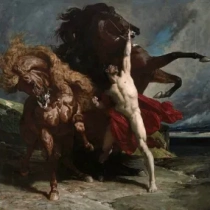


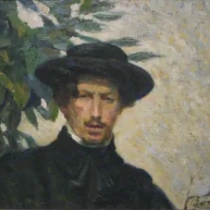


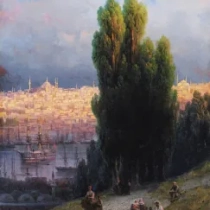


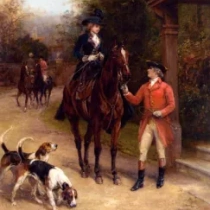
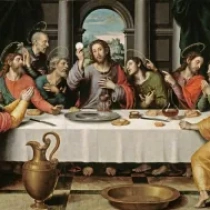


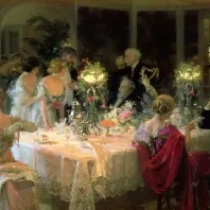




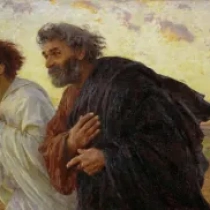



No Comments Yet...